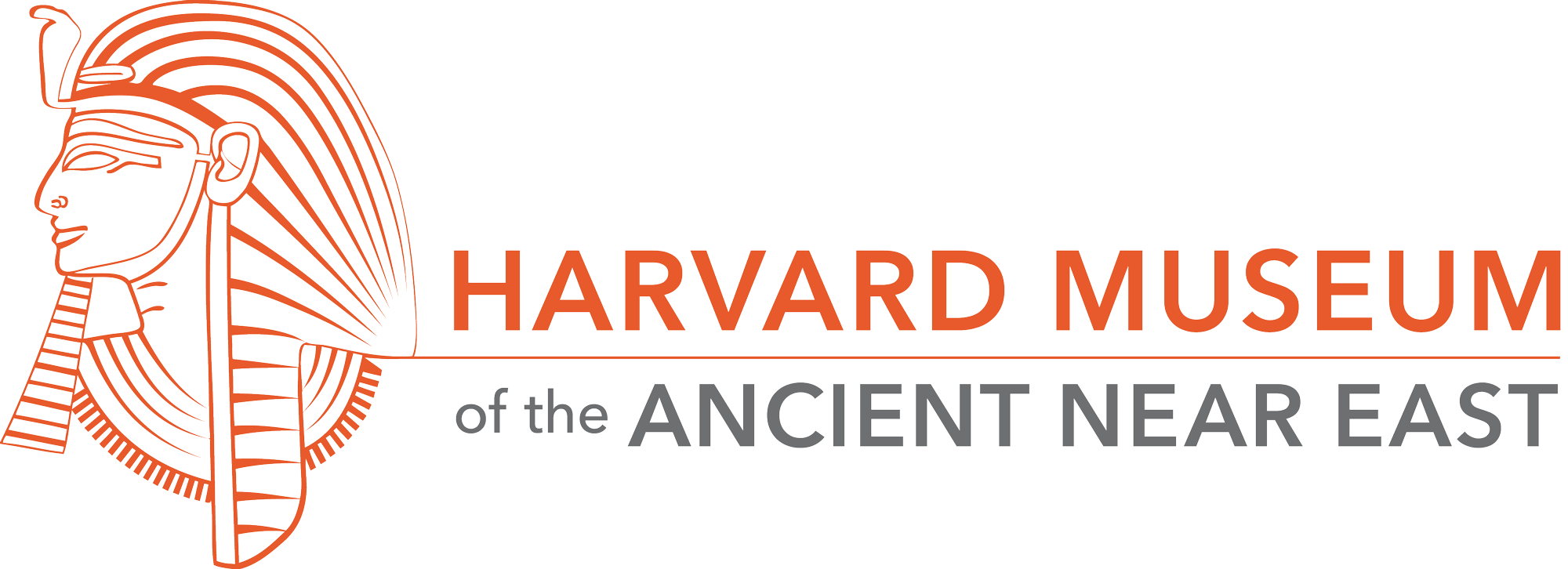Chapman CR.
The Gendered Language of Warfare in the Israelite-Assyrian Encounter.; 2004.
Publisher's VersionAbstractRecognizing gendered metaphors as literary and ideological tools that biblical and Assyrian authors used in the representation of warfare and its aftermath, this study compares the gendered literary complexes that authors on both sides of the Israelite-Assyrian encounter developed in order to claim victory. The study begins by identifying and tracing historically the presentation of royal masculinity in Assyrian royal texts and reliefs dating from the 9th through 7th centuries bce. Central to this analysis is the Assyrian representation of warfare as a masculine contest in which the enemy male is discredited as a rival through feminization.
The second part of the study focuses on the biblical authors' responses to the Assyrian incursion and demonstrates that the dominant metaphorical complex for recording and remembering Israel and Judah's military encounters with Assyria was that of Jerusalem as a woman. This section, therefore, traces the evolving canonical biography of Jerusalem-the-Woman as her life story is told and remembered in relationship to Assyria.
In the final section of the book, the contest of royal masculinity described in royal Assyrian texts informs the reading of the redactional history of Judah's memory of Assyria, and the insights gained from the study of a feminized Jerusalem are applied to a rereading of the siege scenes of the Assyrian palace reliefs.
Innovative in its use of gendered language as the basis for historical comparison of biblical and Assyrian texts, this book is the first to offer a comprehensive methodology for defining and assessing the impact of gendered language within texts of historically linked cultures. This book also advances the discussion of what has been called "inner-biblical exegesis" by offering gendered metaphors as a lens through which to trace the evolution of Judean social memory within the biblical text.
Cynthia R. Chapman is a Professor of Religious Studies at Oberlin College in Oberlin, OH.



















